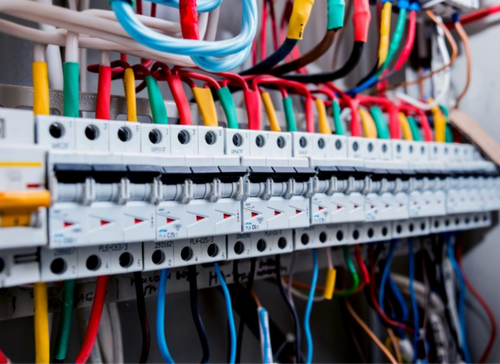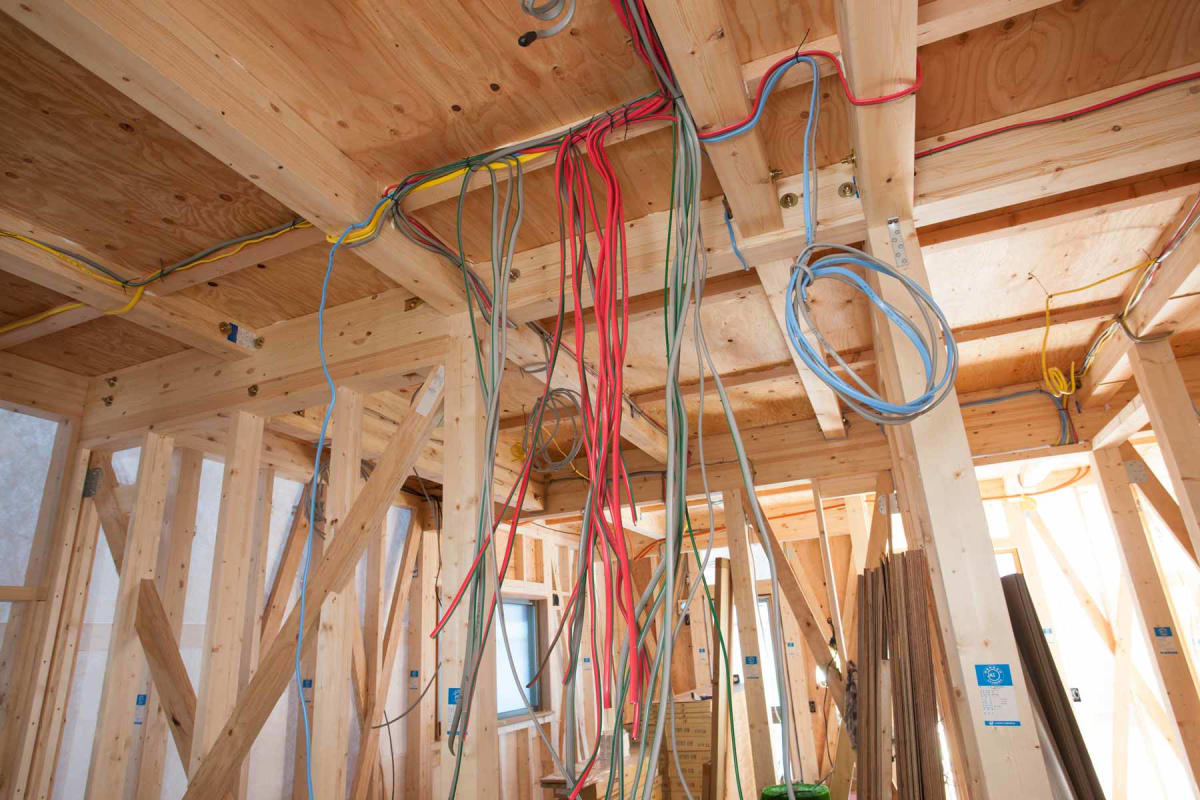Debunking Electric Installment: Comprehending Codes and Laws for a Legal and Safe Setup
In the world of electric setup, adherence to codes and policies is paramount to ensure both validity and security. The complexities surrounding electric work can be complicated, however familiarizing oneself with the well-known criteria is crucial to navigating this area with self-confidence. By understanding the intricacies of the National Electric Code and neighborhood building regulations, individuals can assure that their setups meet called for precaution and remain in compliance with the regulation. Nevertheless, the journey to debunking electrical installment exceeds mere knowledge with policies; it necessitates an extensive grasp of just how to execute secure electric practices successfully.
Significance of Electric Codes
The adherence to electric codes is essential in making sure the safety and dependability of electric installments. Electrical codes function as a collection of criteria and guidelines that dictate the appropriate layout, installation, and maintenance of electric systems. These codes are developed to reduce the threat of electric hazards, fires, and other safety worries that might emerge from faulty electrical work.

Furthermore, electrical codes are routinely upgraded to integrate brand-new modern technologies, best techniques, and precaution. Staying upgraded with these codes is crucial for specialists in the electrical industry to guarantee that their work satisfies the most recent safety requirements. Ultimately, the importance of electric codes hinges on producing a safe and secure and efficient electrical facilities that benefits both individuals and neighborhoods.
Trick Laws for Security
Several essential laws govern the security criteria in electrical installations. One crucial law is the National Electrical Code (NEC), which offers standards for secure electric design, setup, and assessment to shield people and building from electric hazards. The NEC covers aspects such as electrical wiring techniques, grounding, overcurrent security, and devices installment to make certain a secure electrical system.
Another essential guideline is the Occupational Security and Health And Wellness Management (OSHA) criteria, which concentrate on the safety and security of employees entailed in electric installments (BRE Electrical Solutions). OSHA laws consist of needs for correct training, security treatments, and personal protective equipment to avoid work environment accidents and injuries
Moreover, the International Electrotechnical Compensation (IEC) standards aim to integrate electrical installation laws on a worldwide scale. These criteria address problems like electrical tools security, electromagnetic compatibility, and power effectiveness to promote harmony and safety in electric setups worldwide.
Compliance with these crucial guidelines is important to ensure the security and legitimacy of electrical installments, safeguarding both people and building from the dangers connected with electrical energy.
Understanding National Electric Code
Trick policies such as the National Electric Code (NEC) offer essential guidelines for secure electrical layout, setup, and inspection to make certain the protection of people and property from electric hazards. The NEC, likewise referred to as NFPA 70, is a detailed set of requirements for electric installations that are upgraded every 3 years. It is developed by the National Fire Security Organization (NFPA) and is widely embraced throughout the United States.
The NEC covers different facets of electrical job, including circuitry methods, grounding, overcurrent security, and tools installation. It aims to guard people and residential property by dealing with possible risks related to electric systems. Conformity with the NEC is usually applied by local authorities having jurisdiction (AHJs), such as developing code authorities and assessors.
Recognizing the NEC is essential for electrical service providers, developers, and assessors to ensure that setups satisfy the needed safety and security needs. By sticking to the NEC standards, specialists can aid protect against electrical mishaps and guarantee the reliability of electrical systems in residential, commercial, and industrial settings.

Compliance With Neighborhood Building Regulations
Comprehending and adhering to neighborhood building ordinance is essential for making certain the security and conformity of electrical installments within a certain jurisdiction (BRE Electrical Solutions). Local structure codes vary from one community to another, and they are placed in place to secure the well-being of passengers and homes. These codes lay out particular needs for electrical setups, such as the kind of wiring to be made use of, placement of outlets, basing methods, and tons abilities. By abiding by local building ordinance, electrical experts can guarantee that installments are done correctly and meet the needed safety and security standards.
When it comes to electrical installments, failure to comply with neighborhood building codes can result in serious effects. Non-compliant setups may present safety threats, boost the risk of electric fires, and lead to expensive penalties or legal concerns.
Making Sure Safe Electrical Practices
Exercising stringent adherence to established safety methods is critical in the area of electrical installations to minimize possible dangers and guarantee the well-being of people and residential properties. Security in electrical job includes different aspects, beginning with the appropriate training of personnel entailed in installment, maintenance, and repair. By focusing on risk-free practices, electric setups can function successfully while lessening the possibility of crashes or damage.
Conclusion
Finally, adherence to electric codes and regulations is critical for making sure the safety and legitimacy of electrical installments. Understanding the National Electric Code and conformity with regional building regulations are vital for a safe arrangement. By complying with these standards and practicing secure electrical techniques, individuals can protect against prospective hazards and make sure the appropriate performance of their BRE Automation Australia electrical systems.